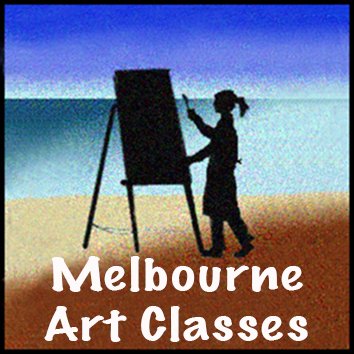Value Perception
It is with changes in value that we are able to see objects as three-dimensional. The circle shape on the left has a solid single value-fill and appears flat and two-dimensional. The changes in values of different areas of the middle circle give it the appearance of having dimension (form), and we see it as a sphere. Then if we give it a cast shadow below , we can alter the sphere’s position in space, as it seems to go from floating to sitting on a horizontal surface.
We are making value measurements and comparisons automatically in everyday life. It is not until we want to learn to draw, paint and translate shapes and forms into a clever composition, that we need to purposefully measure the relative values that we see or manipulate them to show what we want to see and show. Compare these 3 simple, equal, circular shapes to the images on the next page.
In the first study here, just the overall value of the circles has been changed, getting lighter successively to the left. Already the lighter circle seems farther away than the darkest one.
If we now change the position of the circles so that each one is behind the other, overlapped, the illusion of change to size and distance seems more. Below, more of the elements and principles of design are incorporated into the adjustments.
Value changes, proportional adjustment and positioning with overlapping. In a drawing or a painting, there are even more elements we can employ and adjust to further this effect of distancing an object or an area, but you can see how the element of value perception plays a large role.
Go through these sections one by one, using the image links in this Value, Light and Shade Master Index
Video - Tone,contrast,light and shade
Shadows
Light and Shade Exercises
Notan Studies
Common Uses for Value in art
Value Perception
Chevreul's Laws of Simultaneous Contrast
What is squinting at art all about?
Values and Colour Mixing
Using Light & Shade in paintings
Contrast - all forms
Blending / Value Modelling in acrylics

















